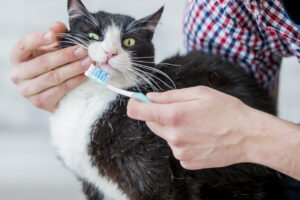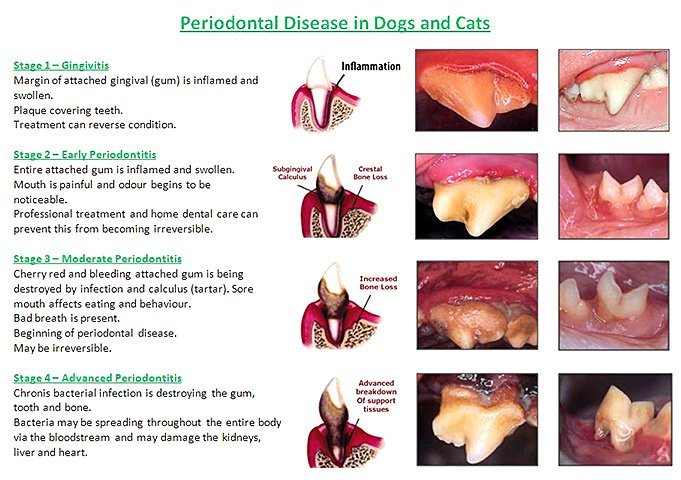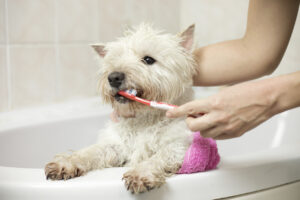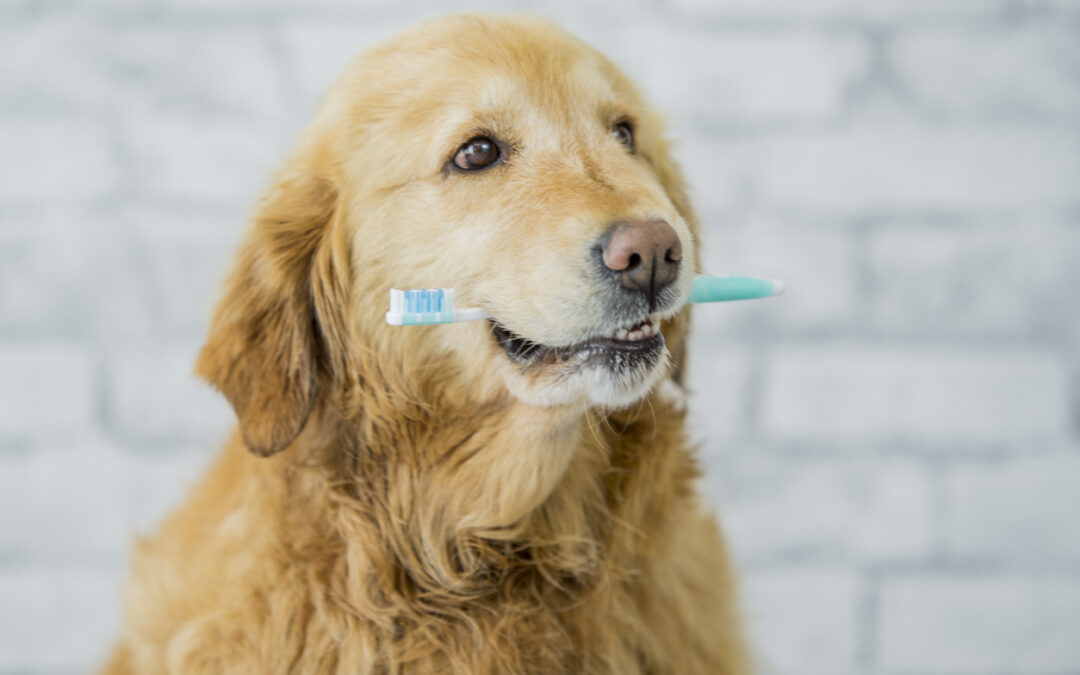It can be pretty easy not to think too much about your pet’s teeth and overall oral hygiene. After all, it’s not like they can really complain about a toothache or brush their teeth every night before they go to bed. So we don’t think about it too much and let them carry on as they always have. But ignoring your dog’s or cat’s oral health can lead to serious health complications down the road. Below, you’ll find the major reason why ignoring that yearly dental visit to the vet could lead to an unhappy and healthy pet.

Gum Disease (AKA Periodontal Disease)
Based on statistics supplied by WebMD, periodontal disease occurs five times as often in pets as it does in people. They even suggest that 80% of dogs over the age of three have periodontal disease! Despite occurring more often with dogs and cats, the development process for periodontal disease is the same for canines and felines as it is for humans.
Saliva, sloughed mouth cells, food, and other matter, begin to collect on teeth and begin to form plaque just minutes after eating. Over time, that plaque builds up and eventually hardens, turning into tartar. All of this build up and plaque crystallization can lead to gum inflammation and tissue. This infection can be particularly troubling when it gets below the gum line. If it progresses deep enough, the infection can destroy bone and lead to tooth loss, which is the ultimate end result of periodontal disease. If the infection persists long enough, it can even affect the kidney, liver, and heart muscle.
As you can see from the chart below, periodontal disease can be categorized on a scale, with 0 being normal and 4 being severe.

Is there any good news?
Why yes, there is! The fact of the matter is that periodontal disease is preventable. The best prevention is to maintain good oral hygiene. All that is required is a little vigilance on the part of owners and regular, annual dental exams and cleanings. In addition, you should regularly brush your pet’s teeth and gums with toothpaste specially designed for cats and dogs. Simply checking your pet’s mouth, smelling for any serious odor, and adding a teeth cleaning chew toy can also go a long way to promoting positive oral hygiene in your pet!

